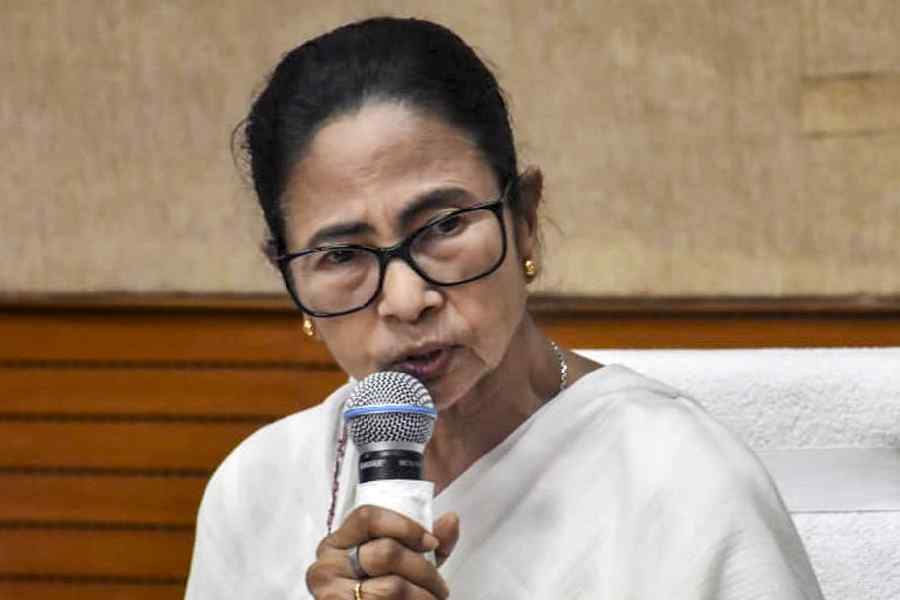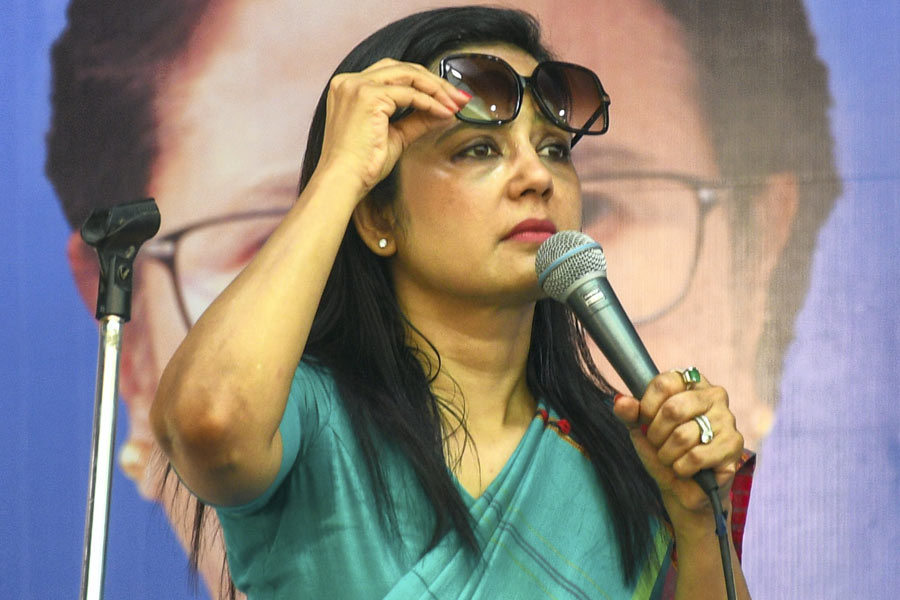The institution of guru-chela is unique to the Indian subcontinent comprising India, Pakistan and Bangladesh; to the best of my knowledge it does not exist elsewhere in the world. We have had it in India since time immemorial; it became institutionalized with the Bhakti movement and became the central doctrine of the Sikh faith. It also became an essential feature of Sufi Islam.
Over a dozen orders of Sufi silsilahs (successive leaderships) flourished in India. The most prominent being Chishtiah, Naqshbandhi and Qadiri. Among the Chishtis, we had Farid Shakarganj, Mueenuddeen Chishti and Nizamuddin Aulia. A remarkable feature of relationships between gurus and chelas, pirs and their chosen followers, was that they were closer to each other than they were to their parents, wives and children.
Chelas regarded their gurus as gods. The language they used for them was often the language used for lovers: khasam (husband), preetam (beloved), maalik (master); and their adoration was always loaded with sexual terminology. A good example is the relationship between Hazrat Nizamuddin Aulia and Amir Khusrau. Khusrau was away from Delhi when Nizamuddin died.
Pir sahib's dying instructions to his followers were that Khusrau should not be allowed to come close to his grave lest he break the ordinances of Allah and rise from beneath the earth to embrace his friend. So a very tearful Khusrau was halted a few paces away from his pir sahib's grave. He composed a memorable elegy:
Goree Sovai Sayj par
Mukh par daarey kes;
Chal Khusrau ghar aapnai
Saanjh paee chaun des
(My beloved sleeps on her bed
Her black hair scattered over her head;
Come Khusrau for you its also time to go
Shades of twilight over the land have
spread.)
Nearer our homes we have examples of Bengal mystics, Ramakrishna Paramhansa (1836-1886), and his chosen disciple and successor, Swami Vivekananda (1863-1902). Ramakrishna remained totally absorbed in mystical practices in his math in Dakshineshwar. Vivekananda gave his teachings practical shape, travelled across India and the Western world delivering sermons everywhere.
Vivekananda was disgusted with the wretchedness of his countrymen: 'Like so many worms on a rotten, stinking carcass...'; and with Hindu practices: 'Our religion is in the kitchen. Our God is in the cooking pot and our religion is - don't touch me, I am holy.' Vivekananda set up a chain of Ramakrishna Missions to spread the message of Hinduism and social service.
Sudhir Kakar is an established psychoanalyst who has taught in many Indian and foreign universities and published several books including Tales of Love, Sex and Danger, The Analyst and the Mystic, The Colours of Violence, and a novel, The Ascetic of Desire, a fictional biography of Vatsyayana, the author of Kamasutra.
Kakar has turned his psychiatric insights and skills as storyteller to unravel relationships of gurus with their chosen chelas in his latest novel, Ecstasy. He is of the view that there is a strong element of sexuality, albeit unexpressed physically, in the guru-chela relationship. His main character, Gopal, develops breasts at the age of 12, and, when he attains puberty, begins to menstruate.
Gopal wears women's clothes, is more relaxed in the company of females than among males, and when he finds the guru he is looking for, falls headlong in love with him as a woman with the lover she has been pining for. His chosen mentor is a naked sadhu, Nangta, who accepts him as his chela. 'I am your guru now,' Nangta said, bringing his face close to Gopal's and looking deep into his eyes, 'Your Rama and Sita, your Krishna and Radha, your Shiva and Shakti. I am your mantra and I am your tantra. Wherever you will ever want to go, all paths will lead through me. Always remember that worship of the guru includes the worship of all deities.'
Gopal is given a new name, Ram Das. In due course of time, he becomes a guru with a following of his own. His chief patron (and disciple) is a wealthy jeweller, Dhamani, who builds a temple for him, looks after his worldly needs and addresses him as Baba (father). The story is set in Jaipur and its environs, at about the time of independence and the merger of Jaipur with India. Among those who came to seek Ram Das's darshan, is Indira Gandhi. Kakar describes the fiasco:
'It was Indira Gandhi who made him famous. This was in the spring of 1966. Indira Gandhi had come to Jaipur for a session of the all-India Congress committee six weeks after becoming the prime minister. Here, someone told her about Ram Das Baba and his visionary trances. Unlike Jawaharlal Nehru, her agnostic father who was more enamoured by Marxist than Hindu idols, Indira Gandhi was attracted by the spiritual side of life.
Later, as her personality hardened, her nascent spirituality was debased by superstition and occultism; she
consulted astrologers and soothsayers and is reputed to have carried out rites of propitiation and performed special prayers for political purposes. In early 1966 though, when she came to Jaipur, she was intrigued enough by the tales she had heard about the ecstatic mystic to ask the chief minister of Rajasthan to arrange a private visit to Sitaram temple.
'Baba was sitting with his disciples when Indira Gandhi, accompanied only by her social secretary, another woman, entered the garden early in the evening. The rest of her retinue, including her security detail, was left outside. Familiar only to readers of newspapers, her face was not as instantly recognizable then as it was to become in the next twelve years of her imperious rule. Her head covered by the pallu of her sari, she walked up to Baba with a firm stride and bowed as if to touch his feet. And then something very peculiar happened. Baba stumbled back as if stung by a wasp. Turning his back on her, he rushed into his room. Displaying an iron control over her emotions for which she was later justly famous, Indira Gandhi smiled wanly at the disciples, nodded to her secretary and walked out of Dhamani's garden with measured, dignified strides.'
Ecstasy is as eminently readable as other books written by Sudhir Kakar. Some buffoons who know no better have lampooned him (and me as his ardent admirer) as purveyors of pornography. This is arrant nonsense. Kakar is a serious writer who deals with serious subjects. His latest book deserves the attention of all serious people.
Starry-eyed about education
As political clowns invade education,
By scholars and scientists forsaken
Murli Manohar Joshi brings in
astrology,
A giant leap backward for the new
generation!
 Friday, 31 October 2025
Friday, 31 October 2025









